At Millennium Podiatry, we provide innovative nail fungus removal treatments to our patients to help them regain healthy, clear nails. Nail fungus is very uncomfortable and embarrassing. It could affect the general status of one’s foot. Fortunately, with modern improvements in treatment, this is now a condition that can be effectively attended to.
Our team of highly experienced podiatrists, Dr. Suzanne Levine and Dr. Adam Landsman are widely regarded as leading authorities in the treatment of foot and nail disorders. They utilize the most updated techniques in their private practice to treat patients specifically for optimal results. Our mission is to restore patients’ foot health and confidence.
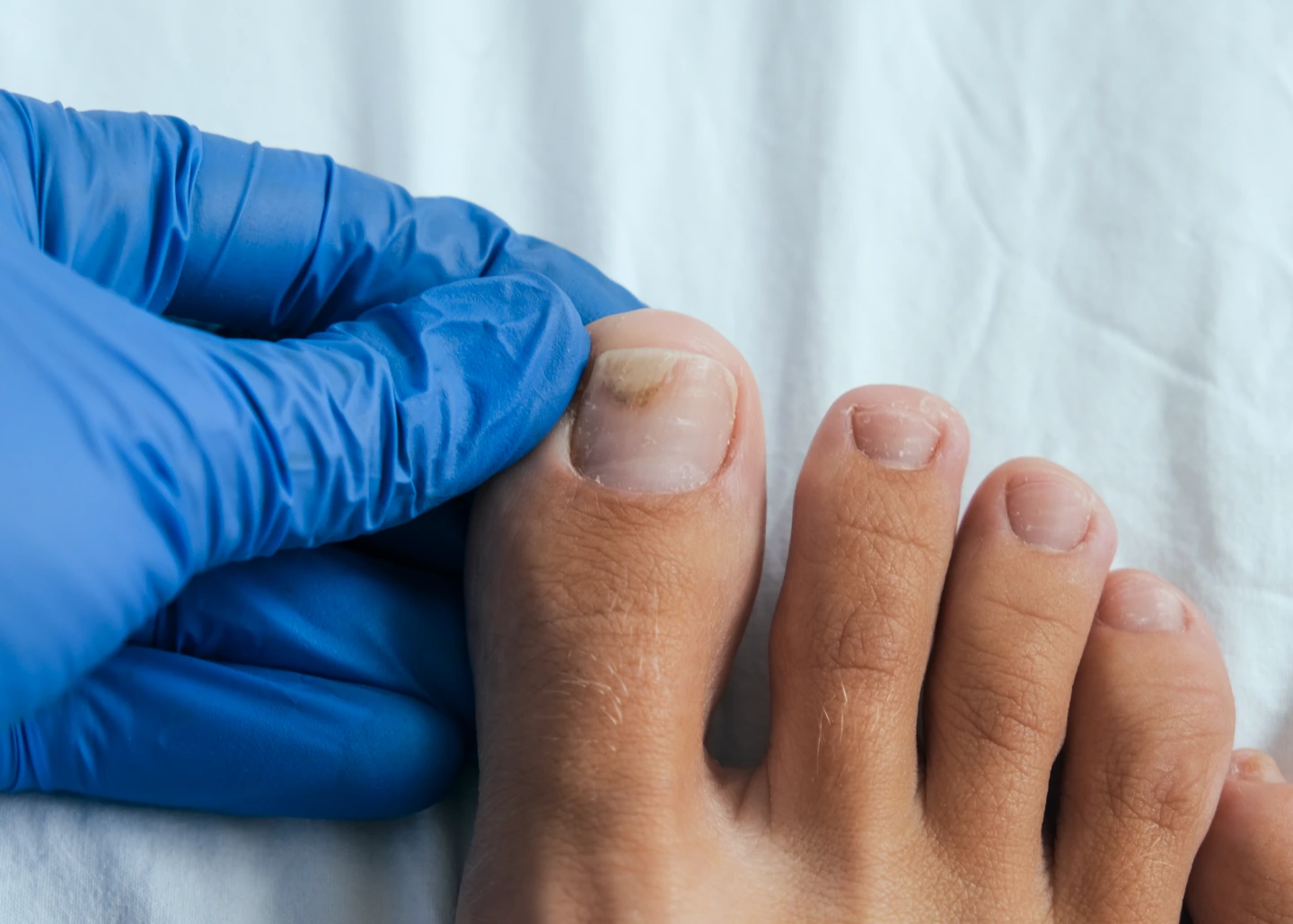
Onychomycosis, commonly known as fungal nails, is a nail infection caused by fungi (small microscopic organisms). The characteristic features are discoloration, thickening, brittleness, or distortion in the shape of the nail. It generally starts with a fungus infection at the tip of the nail. Then, it works its way into the nail bed, which may cause discomfort and cosmetic problems.
Fungal toenails most commonly occur in warm and moist environments. They are shared among individuals who have poor foot hygiene or wear closely fitted shoes most of the day. It is quite common in combination with athlete’s foot infection between the toes. Treatments range from the application of topical medications and oral antifungal medications to laser therapy, pending the severity of the condition. It is very important that fungal nails be treated right away to prevent further damage and stop the spread of the fungus.
Fungal infection of nails may show a number of noticeable symptoms, which depend upon the severity of infection. Some common signs include:
We advise patients to seek professional treatment when such symptoms occur to stop further development of the infection, which might spread to more nails.
At Millennium Podiatry, we provide a range of treatments for fungal nails. The specific approach and medication type used can vary depending on how severe the infection is as well as its individual characteristics:
Treating the infected nail directly with antifungal solutions like creams or lacquers is one way to deal with the problem. These treatments tend to work best if patients start using them when signs of infection first appear, but before, nails have changed very much. They stop fungi from growing further while existing infections grow out or are destroyed over time. It is a good approach for those who only have minor nail changes because it doesn’t involve doing anything to the nails themselves. So, any side effects are rare.
For fungal infections that are more severe or do not go away, our providers may prescribe an oral antifungal medicine.These medications attack the infection from inside the patient’s body. If they have tried creams or lotions that they put on their skin and they have not worked, Dr. Landsman or Dr. Levine may suggest this treatment. Depending on how seriousthe infection is, they might need to take the tablets for a few weeks or longer. By killing the fungus inside as well as on the skin, oral treatments provide a complete solution – something that topical applications cannot do alone.
Laser therapy presents a modern, non-invasive way to treat fungal nails. A laser emits intense light that is focused on the fungus. This energy passes through the nail without causing damage to the tissue nearby. The treatment itself takes just a few minutes, and there is no need for recovery time afterward. So, patients can visit the clinic during their lunch break if necessary. It is a fast and pain-free option.
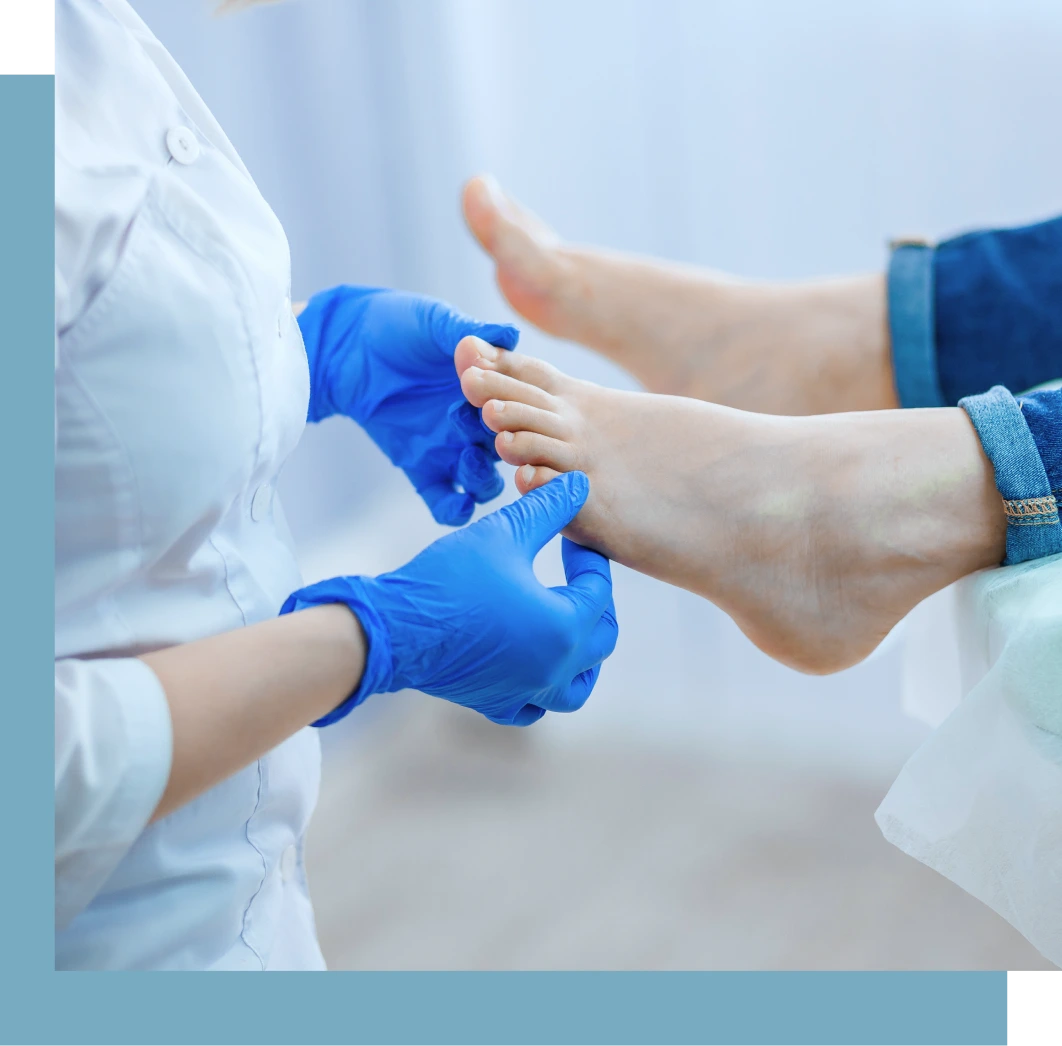
During the initial visit, either Dr. Suzanne Levine or Dr. Adam Landsman examines the patient’s toenail fungus. This way, they choose the most appropriate technique. They also check the severity of this infection, the extent to which it affects the nails and the patient’s full medical history. In most cases, laser treatment is an option. Our specialist may also do a deep cleaning around the nail in preparation for the treatment. This stage ensures the effectiveness of the laser in attacking fungi for the best results.
Laser Application: Dr. Levine and Dr. Landsman utilize a special laser that selectively heats up and kills the fungi, leaving the healthy tissue surrounding it without damage. Each toe takes only a few minutes to treat, and discomfort is at a minimum. Most patients experience no pain or only mild warmth during the procedure.
Treatment Duration: The complete laser treatment can take 30 minutes for all the nails. It is quick and very effective, often giving long-term results in most patients.
Patients who undergo laser treatment for nail fungus can typically resume normal activities right away with no downtime needed. During or after the procedure, most people feel little, if any, discomfort. While the treated area may be warm or mildly tender, this sensation usually doesn’t last long. Dr. Levine or Dr. Landsman will provide any necessary aftercare instructions to ensure the best healing process.
During initial post-treatment weeks, patients should be advised about maintaining clean, dry feet. They need to steer clear of anything that might cause treated nails to become damp or infected. For example, patients should avoid walking barefoot in areas where infection-causing bugs thrive. Follow-up appointments might also be scheduled. These allow our specialists to keep an eye on how well things are going (the healing process) and pick up early if there are signs the infection is back.
As the affected nail grows, it will look normal again over time. A complete nail plate regrowth with no fungus can take months. Patients won’t see the final results of treatment with a laser until the new nail has grown all the way out and replaced the infected nail. If any signs of fungus are left, our specialist may suggest another session to get rid of the infection for good.
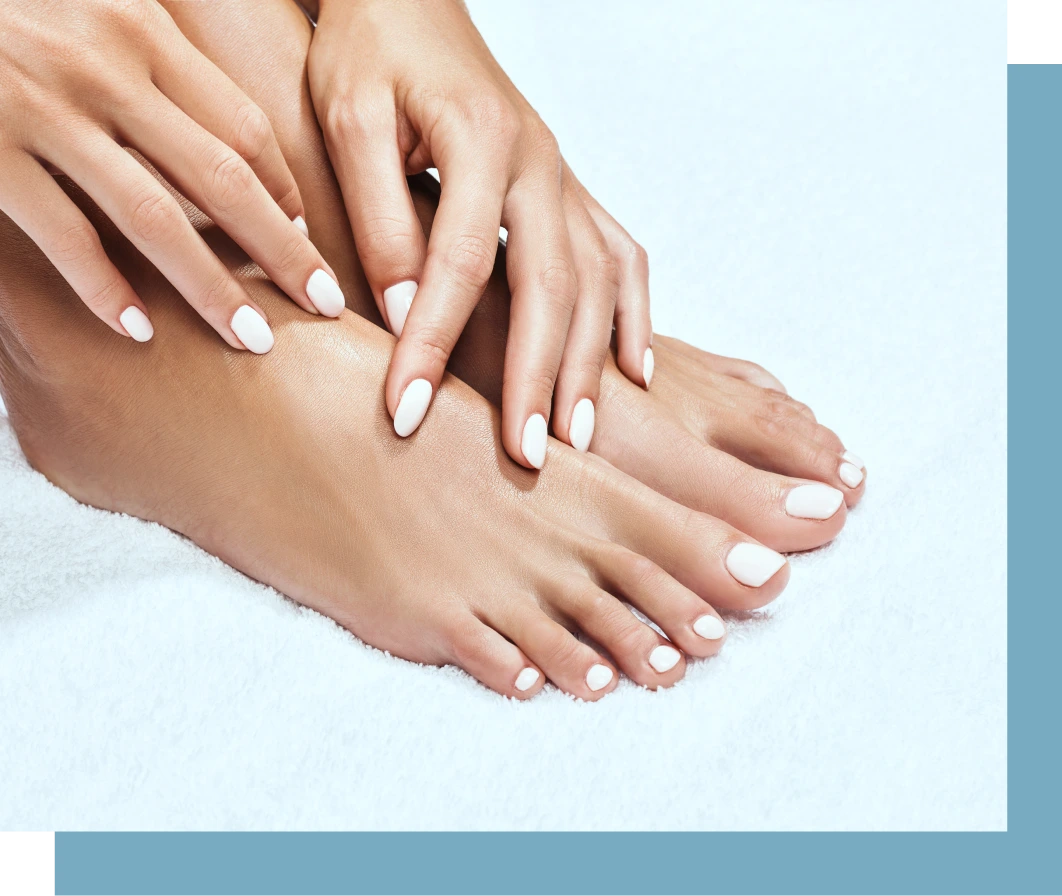
Nail fungus removal, especially with laser treatment, is normally recommended when the patients have continued suffering from chronic or serious fungal infection of the nails. Potential candidates may include:
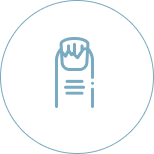
The procedure is indicated for patients who have tried over-the-counter methods or oral medications with poor or no response. Chronic and recurrent fungal infections that cannot be treated with conventional treatments show a very good response to laser therapy.

It could get thickened, discolored, yellowish or brownish, whitish, fragile, or distorted due to the fungal growth. Laser treatment acts to kill fungus so that the nail becomes visible for a better look.
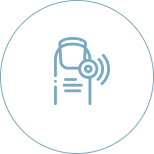
Generally, most patients tolerate laser treatment well. However, there are several contraindications to laser treatment, including active skin infections and a history of photosensitivity.

As the healing process after treatments may be slower, patients should preferably be in good general health without serious health impairments.
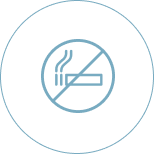
Smoking impairs the healing process and may predispose to fungal infection. Therefore, a non-smoking patient or one willing to quit smoking might be an ideal candidate for successful treatment.
At Millennium Podiatry, we provide a range of treatments for fungal nails. The specific approach and medication type used can vary depending on how severe the infection is as well as its individual characteristics:
Using laser technology for nail fungus removal can get rid of the infection in a way that encourages the growth of healthier, clearer nails. As a result, treated nails look better and function better. Patients can expect more attractive nails with a more natural appearance as they continue with laser treatments.
Laser therapy usually lasts just half an hour each time. Because there is no cutting or stitching involved, it is non-invasive and swift. The majority of patients undergoing laser treatment feel little or no pain.
Contrary to alternative treatments, there is zero downtime with laser removal of nail fungi. As soon as the treatment is over, patients can just pick up where they left off. An appealing option for people with jam-packed agendas.
The success rate is high for laser treatment of nail fungus, especially if patients have had no luck with other treatments or keep getting infected. They should see a big difference after one or two sessions–and the results may last a long time.
This therapy offers a secure alternative for treatment by precisely targeting infected tissues without causing harm to surrounding areas. This means patients face fewer side effects when using this method to deal with fungal infections specifically.
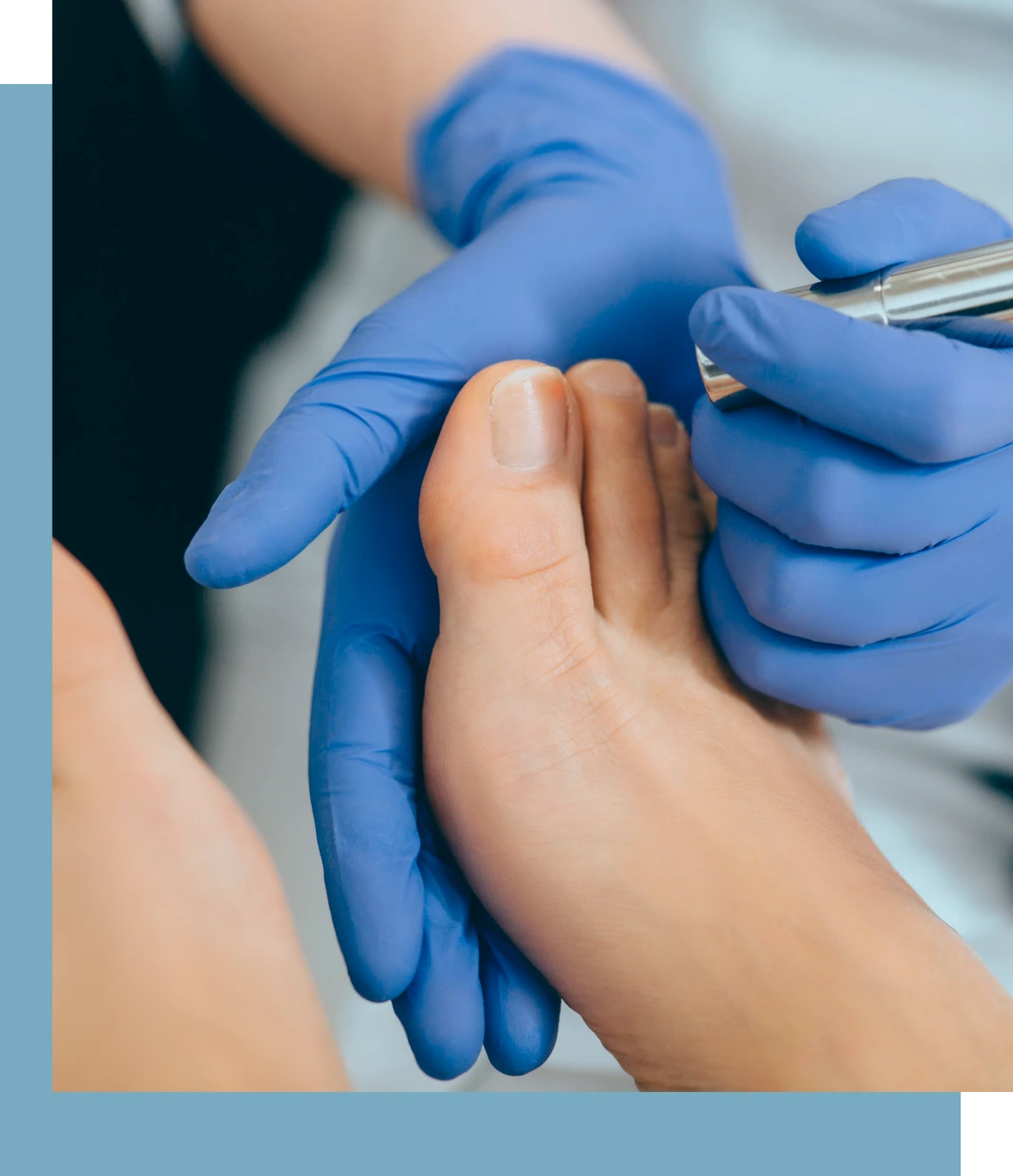
The average cost of nail fungus removal in NYC, ranges between $500 and $1,500 per session. The price will vary depending on the severity of the fungal infection, the number of nails, and whether multiple sessions or other nail fungus treatments may be necessary. It is best for patients considering laser treatment for fungal nails to consult with either Dr. Suzanne Levine or Dr. Adam Landsman for an accurate quotation and definitive medical advice.
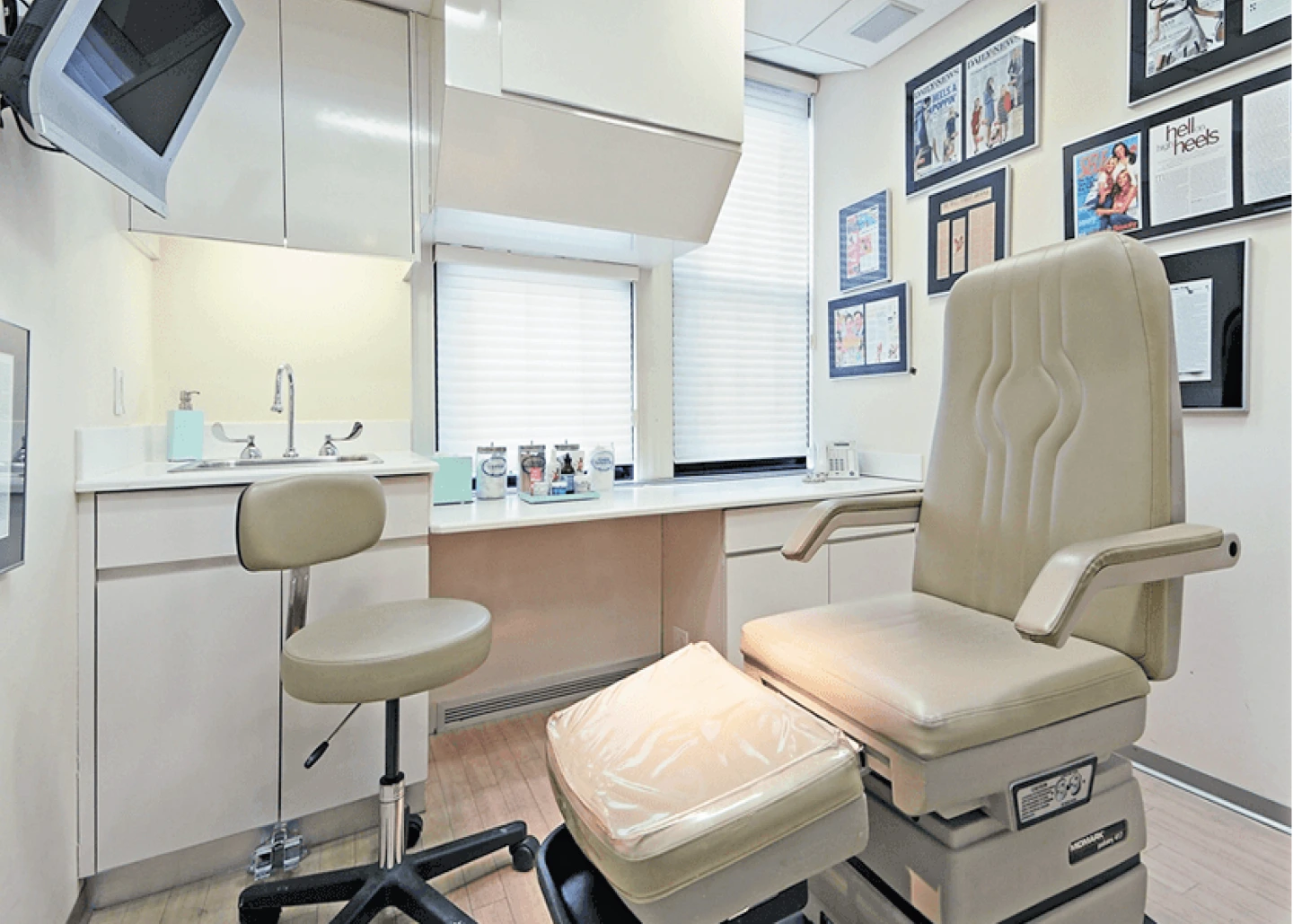
At Millennium Podiatry, patients can expect top-notch care from skilled podiatrists who focus on treating nail fungus. Dr. Suzanne Levine and Dr. Adam Landsman are known for using cutting-edge laser therapies effectively. Proper treatment plans are our standard because we prioritize both patient satisfaction and safety based on each person’s unique needs. Our modern facility boasts state-of-the-art equipment so that everyone receives excellent care with great results when beingtreated for fungal nails. We want our patients to feel good about their feet again and enjoy their nail’s health.